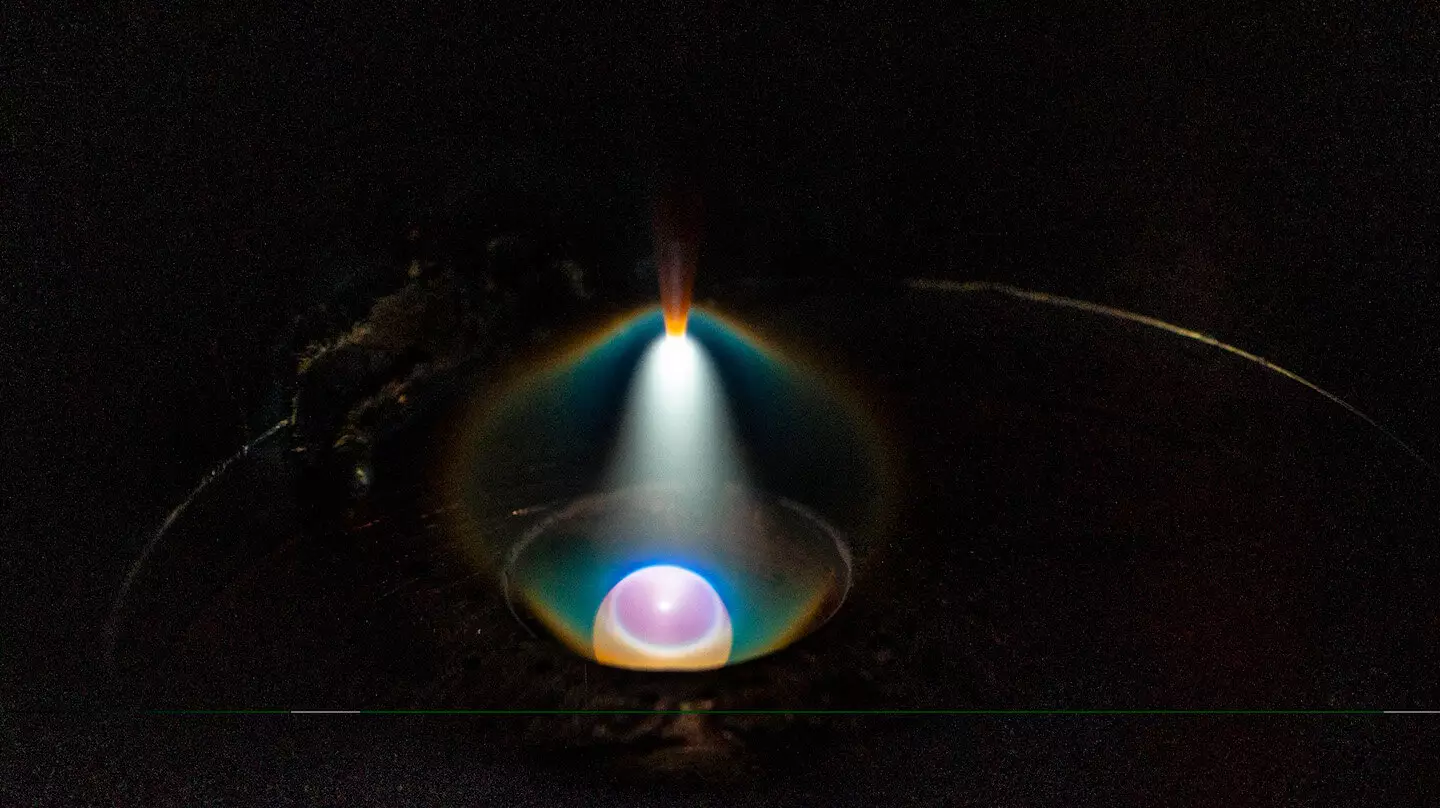As humanity’s technological aspirations soar into the cosmos and probe the harshest terrains on Earth, the materials we rely upon are stretched to their limits. Traditional alloys like steel and aluminum, while effective in everyday applications, face significant challenges when subjected to extreme conditions such as high temperatures, freezing cold, or immense pressure. The melting point of steel, approximately 2,500 degrees Fahrenheit, and the corrosion susceptibility of aluminum upon interaction with moisture and oxygen highlight the inadequacies of these materials in applications that demand durability and resilience. In light of these shortcomings, there is an urgent necessity for advanced alloys that can withstand extreme environments.
Enter Multi-Principle Element Alloys (MPEAs), an innovative class of materials designed to tackle these challenges head-on. Unlike traditional alloys, which typically consist of one or two primary components, MPEAs harness a blend of multiple elements in comparable ratios. This unique composition grants MPEAs exceptional mechanical properties, including outstanding strength, hardness, and toughness across a broad temperature spectrum. Furthermore, their corrosion resistance and thermal stability present a promising solution to the demanding conditions found in space explorations and Arctic operations.
Accelerating MPEA Development
To accelerate the design and production of MPEAs, researchers at the Johns Hopkins Applied Physics Laboratory (APL) are leveraging cutting-edge methodologies. Their innovative approach involves creating complex microstructures that provide valuable insights into the properties of alloys using only a limited number of samples. This data-rich process enables a deeper understanding of alloy phases—distinct forms that result from the heating or cooling of metals—allowing for improved material design.
The detailed research conducted by APL, recently published in the journal *Data in Brief*, reveals a design capability that facilitates the synthesis of 17 unique MPEA compositions. Morgan Trexler, the program manager leading the initiative, underscores that even minute alterations in alloy composition can lead to significant variations in material properties. The groundbreaking work being pioneered at APL not only simplifies the design process but also allows researchers to effectively mine a wealth of information from minimal samples, marking a significant leap in material science.
Collaborative Innovation: A Closed-Loop Cycle
Central to this remarkable advancement in MPEA development is a partnership with experts from the Johns Hopkins Whiting School of Engineering, Paulette Clancy and Maitreyee Sharma Priyadarshini. The collaboration employs a physics-informed Bayesian optimization algorithm named PAL 2.0, capable of sifting through a multitude of alloy configurations using minimal data inputs. A key benefit of this algorithm is its ability to identify promising MPEAs that maximize hardness while contributing a diverse range of compositional data for future developments.
This innovative closed-loop cycle puts theory into practice: data generated by APL informs the algorithm’s predictions; the best candidates are fabricated and tested; and subsequent data refines the approach further, creating a robust feedback mechanism that enhances the material discovery process. The dynamic nature of this cycle allows for rapid iteration and discovery, with ongoing adjustments leading to compositions that demonstrate remarkable improvements—some boasting hardness levels more than double that of initial iterations.
Cutting-Edge Techniques for Material Characterization
The methodology employed by the APL team is nothing short of revolutionary. Utilizing arc melting—a technique that enables the melting of metal alloys through electrical currents—researchers can produce many different chemical compositions within a single sample. With this technique, a multitude of alloy variations are unlocked, making it an efficient approach for exploring MPEA potential.
The integration of multiple characterization tools—including scanning electron microscopy (SEM), energy-dispersive X-ray spectroscopy (EDS), and nanoindentation—provides a comprehensive understanding of phase compositions and material hardness. These tools allow scientists to gather extensive datasets, analyzing hundreds of points across samples to ascertain how varying microstructures influence behavior. Such a holistic approach empowers researchers to innovate beyond the limitations of known materials, fostering the discovery of new MPEAs that could significantly impact industries reliant on high-performance materials.
A Future Fueled by MPEAs
The outcomes of APL’s groundbreaking research are encapsulated in a burgeoning database containing over 7,000 data points and 17 unique MPEA formulations. This invaluable repository is set to guide future alloy design, providing essential insights into achieving desired mechanical properties, like hardness or resilience.
Efforts at APL represent just one facet in an ongoing pursuit to revolutionize materials science. By developing high-throughput characterization techniques and adopting decisive measures to scale-up material discovery, researchers are not only addressing current challenges but also laying the groundwork for unprecedented advancements in material technology. As we face a future where stronger, more resilient materials are not just desired but necessary, the pursuit of MPEAs promises to unlock a realm of possibilities that could redefine our capabilities in extreme environments.

